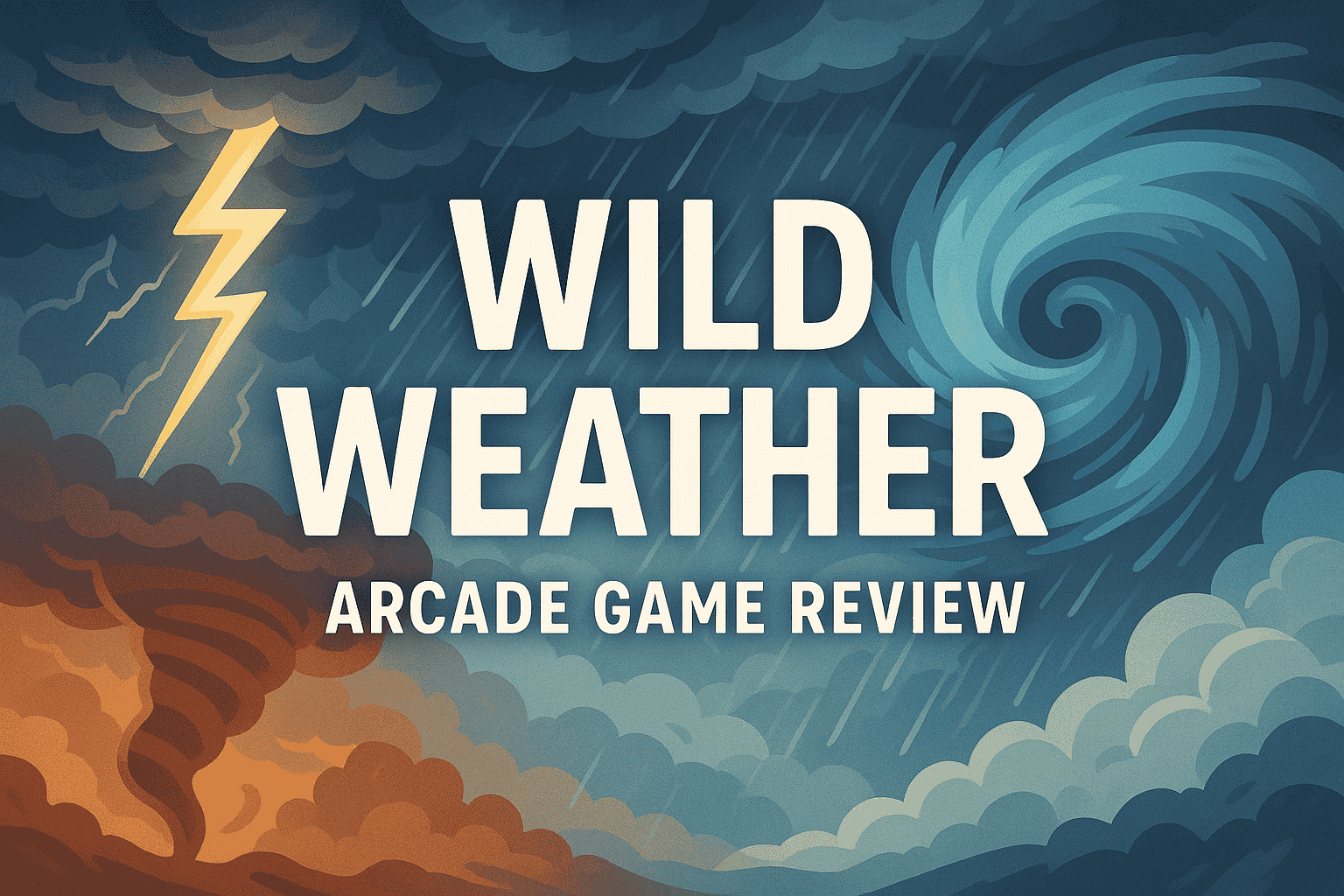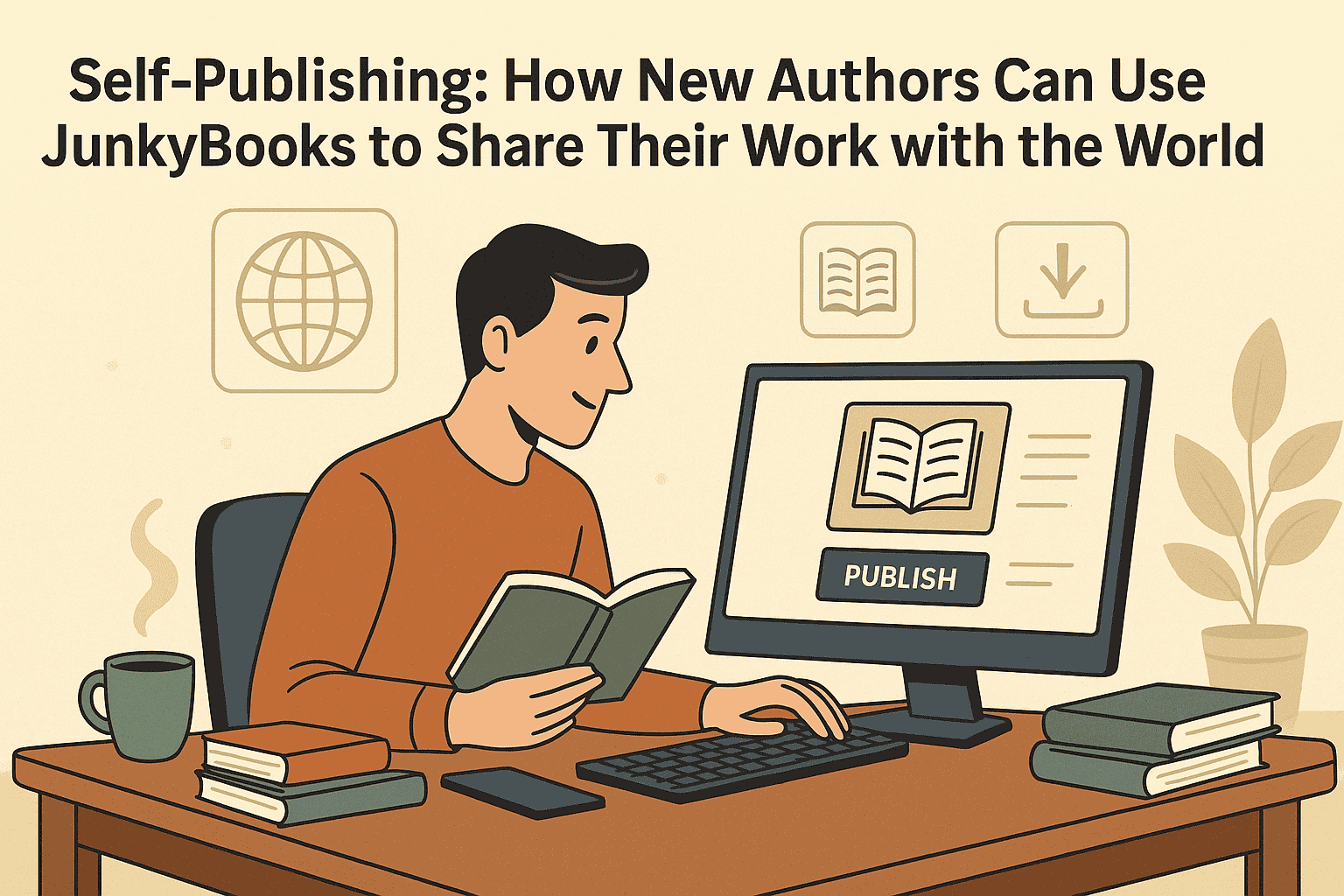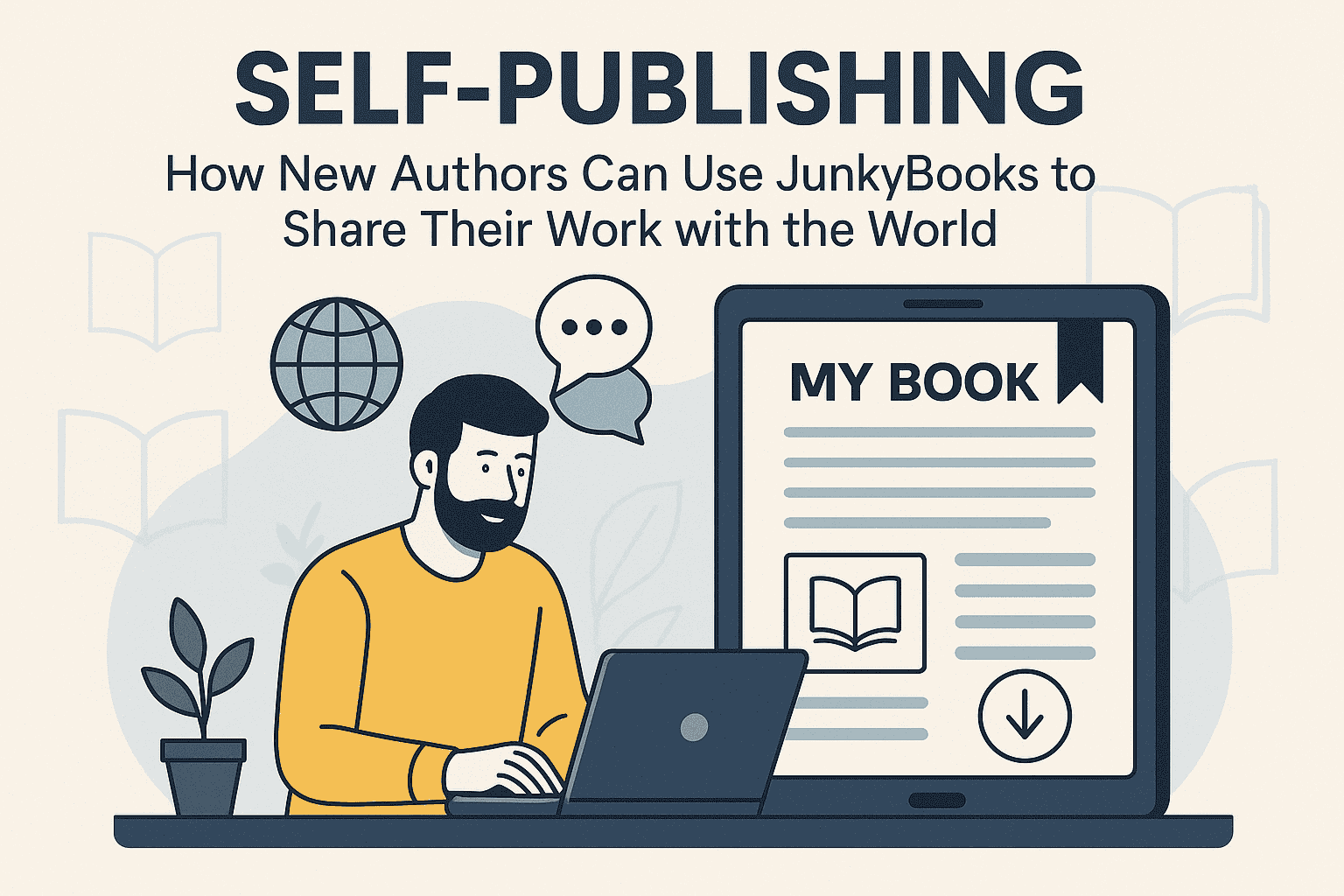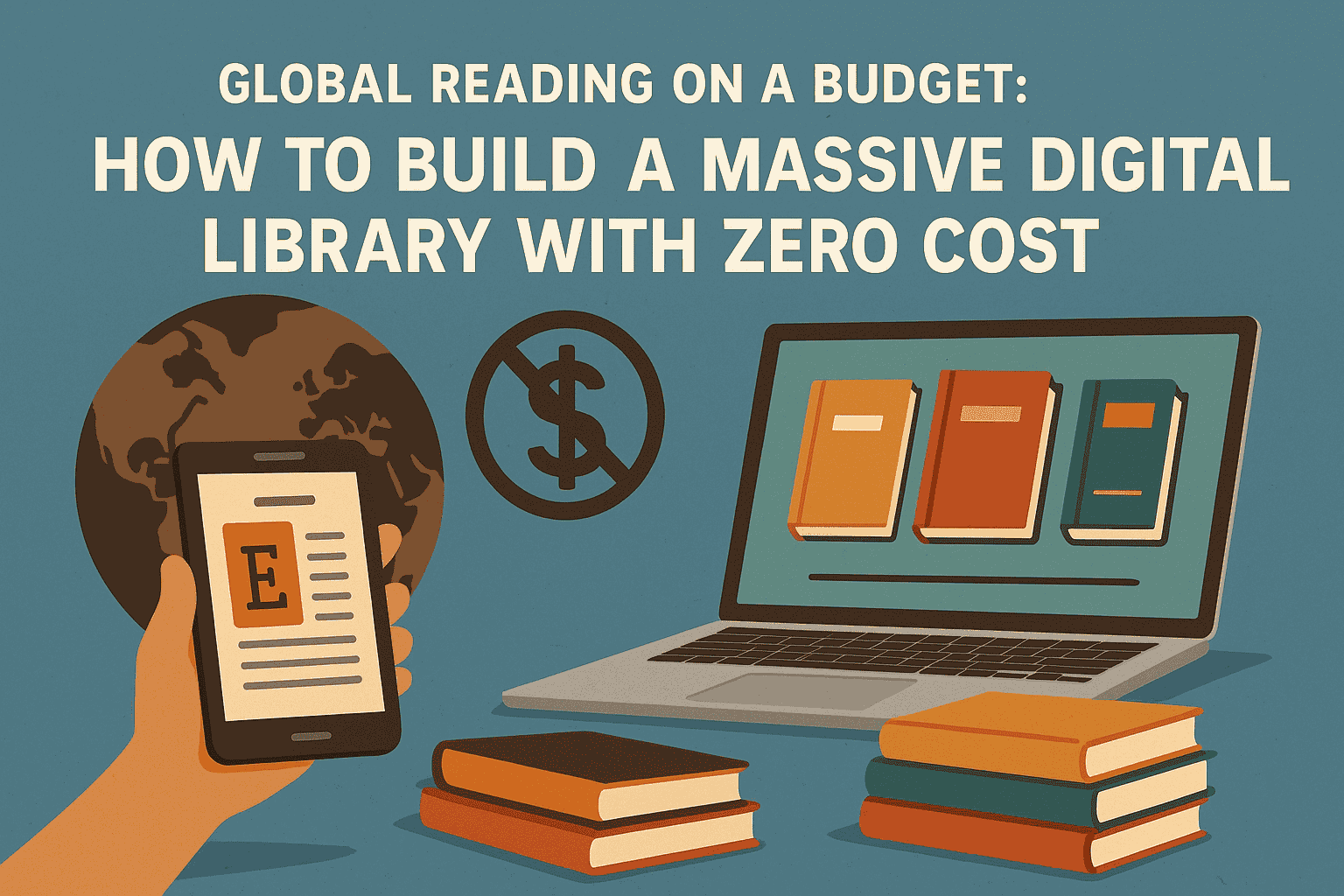Using Dialogue to Reveal Character and Advance Plot
Dialogue is one of the most powerful tools in a writer’s arsenal. Well-crafted dialogue does more than put words in a character’s mouth; it reveals personality, builds relationships, and drives the story forward. When written effectively, dialogue feels authentic, engages readers, and makes your characters come alive.
But dialogue isn’t just about realism. It’s also about function. Every line should serve a purpose — either to reveal something about the characters or to advance the plot. This article explores how to use dialogue strategically to make your writing sharper, more immersive, and more compelling.
Why Dialogue Matters
Dialogue is often where readers feel closest to the characters. Instead of being told what a character thinks or feels, readers hear it in their own words. This immediacy makes dialogue an essential part of storytelling.
Key reasons dialogue is important:
-
It reveals character traits naturally, without lengthy exposition.
-
It moves the story forward by presenting conflict, decisions, and revelations.
-
It creates pacing by breaking up description and internal thoughts.
-
It enhances realism by mirroring how people interact in everyday life.
Dialogue as a Window Into Character
Every character has a unique voice shaped by background, education, personality, and mood. Through dialogue, you can reveal layers of who they are.
Voice and Style of Speech
Characters should not all sound alike. Pay attention to:
-
Vocabulary: A professor might say “inconsequential,” while a teenager might say “doesn’t matter.”
-
Sentence structure: Some characters may be verbose, others curt.
-
Rhythm and tone: A nervous character may ramble, while a confident one speaks firmly.
These choices reveal education, confidence, cultural background, and emotional state.
Subtext and Hidden Meaning
Often, what characters don’t say is as telling as what they do. Subtext allows dialogue to reveal internal conflict or hidden motives. For example:
-
Character A: “Nice to see you again.”
-
Character B: “Yeah… it’s been a while.”
On the surface, this is polite small talk. But with the right context, the hesitation in Character B’s response hints at unresolved tension.
Emotion in Dialogue
Characters’ emotions come through in how they speak. Short, fragmented sentences can suggest anger or fear. Long, flowing sentences may signal excitement or relief. Dialogue that captures emotion helps readers feel connected to the characters on a deeper level.
Relationship Dynamics
The way characters speak to one another reveals the dynamics of their relationship. A character might be deferential with a boss, sarcastic with a sibling, or affectionate with a romantic partner. By varying tone and word choice, you show how relationships evolve throughout the story.
Dialogue as a Tool to Advance Plot
While dialogue reveals character, it should also serve the story. The best dialogue ensures that every exchange nudges the narrative forward.
Conveying Information Without Info Dumps
One of the most common misuses of dialogue is making characters explain things solely for the reader’s benefit. Good dialogue conveys information organically.
Instead of:
-
“As you know, John, our company has been losing money since the merger in 2018, and unless we find investors, we’ll go bankrupt.”
Try:
-
“John, if we don’t land a new investor this quarter, we’re finished.”
The second version is natural, urgent, and still conveys necessary information.
Creating and Heightening Conflict
Conflict drives stories, and dialogue is a natural way to bring conflict to the surface. Characters argue, misunderstand each other, or try to persuade one another. Each of these interactions creates tension and moves the plot forward.
For example:
-
A detective presses a suspect, who evades answering.
-
Two lovers disagree about the future of their relationship.
-
A group of friends debates whether to take a dangerous risk.
These moments build suspense, test relationships, and force decisions.
Foreshadowing Events
Dialogue can also foreshadow future events or hint at hidden truths. A passing remark or an offhand comment can later gain significance, rewarding attentive readers.
Example:
-
“Don’t worry about the old bridge — it’s still standing strong.”
Later in the story, that bridge collapses, creating a turning point in the plot.
Revealing Secrets
Dialogue is a natural way to unveil secrets or hidden motives. A sudden confession, an overheard conversation, or a slip of the tongue can change the course of the story and raise the stakes.
Driving Decisions and Actions
Dialogue often serves as the turning point for character decisions. An inspiring speech, a persuasive argument, or a heated confrontation can push characters toward action, propelling the plot into its next stage.
Techniques for Writing Effective Dialogue
Writing dialogue that feels real and purposeful takes practice. Here are key techniques to keep in mind:
Keep It Concise
In real life, conversations are full of filler words. In fiction, too much filler bogs down the pace. Cut out unnecessary phrases and keep dialogue focused.
Use Dialogue Tags Sparingly
“He said” and “she said” are often enough to keep dialogue clear. Overusing fancy tags like “he exclaimed” or “she responded” can distract the reader. Instead, let the dialogue itself convey the tone, and use action beats (body language or movements) to add depth.
Example:
-
“I can’t believe you did that,” she said, slamming the door.
The action shows her anger without needing “she shouted.”
Match Dialogue to Context
The situation influences how characters speak. In a life-or-death scenario, dialogue should be urgent and sharp. In a casual setting, it may be slower and lighter. Matching dialogue to the context keeps it believable.
Balance Dialogue and Narrative
Too much dialogue can feel like a script, while too little makes the story heavy with exposition. Striking the right balance ensures the narrative flows smoothly.
Read It Aloud
If dialogue sounds awkward when read aloud, it will feel awkward to readers. Reading it helps you catch unnatural phrasing or pacing issues.
Examples of Dialogue in Practice
Revealing Character
-
Character A: “You always order the most expensive thing on the menu, don’t you?”
-
Character B: “Life’s too short to eat cheap steak.”
This exchange tells us Character B values indulgence, confidence, and perhaps recklessness — all without spelling it out.
Advancing Plot
-
Character A: “We need to leave tonight. If we wait, they’ll find us.”
-
Character B: “And if we leave tonight, we’ll walk straight into their trap.”
Here, dialogue introduces a decision point that pushes the story forward.
Avoiding Common Dialogue Mistakes
Writers often stumble when trying to balance realism with storytelling. Here are pitfalls to avoid:
-
On-the-nose dialogue: Characters stating exactly what they feel without nuance. Real people rarely speak so directly.
-
Excessive small talk: Skip greetings and pleasantries unless they reveal character or add tension.
-
Unnatural exposition: Don’t force characters to explain things they already know just for the reader’s benefit.
-
Identical voices: Make sure each character has a distinct way of speaking.
Dialogue Across Genres
Different genres use dialogue differently:
-
Mystery/Thriller: Dialogue often creates tension, misdirection, or delivers crucial clues.
-
Romance: Dialogue reveals intimacy, chemistry, and conflict between love interests.
-
Fantasy/Science Fiction: Dialogue balances worldbuilding with character development, making strange settings feel real.
-
Nonfiction and Memoir: Dialogue recreates real conversations to bring authenticity and immediacy to the narrative.
Using Silence Alongside Dialogue
Not every revelation comes from words. Pauses, hesitations, or silence can speak volumes. A character who refuses to answer a question can reveal fear, guilt, or power. Strategic use of silence adds depth and tension to your dialogue.
Final Thoughts
Dialogue is more than chatter between characters — it’s a storytelling engine. It reveals who your characters are, uncovers their relationships, and pushes the plot forward. By giving each character a distinct voice, using subtext wisely, and ensuring every exchange serves a purpose, you’ll write dialogue that is both authentic and essential to your story.
Next time you draft a scene, ask yourself: What does this conversation reveal, and how does it move the story ahead? If you can answer that, your dialogue will never be filler — it will be the heartbeat of your narrative.








